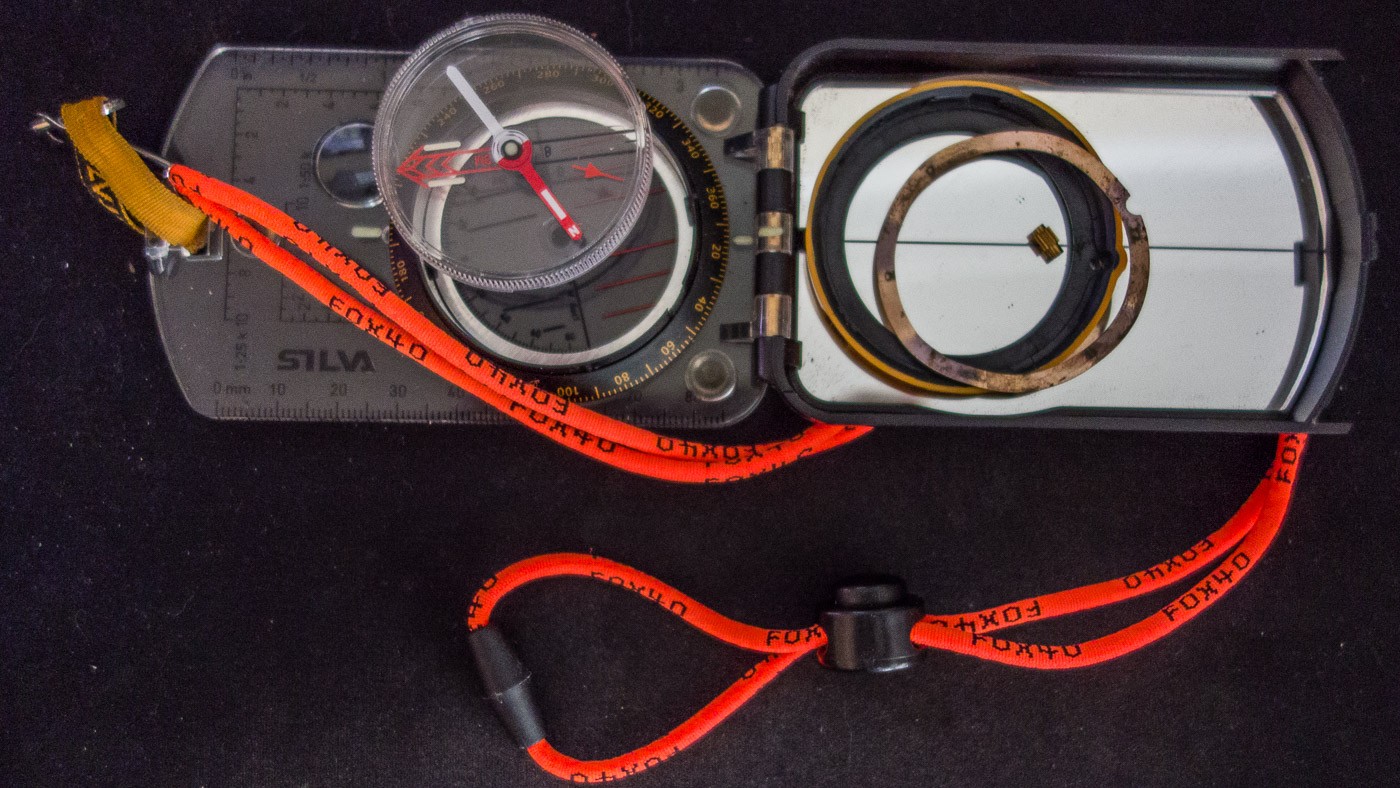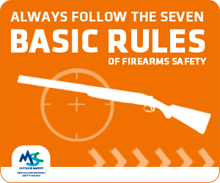It’s the one time of year where a pile of testosterone fueled males chase around after another bunch of testosterone males in the bush.
The Bucks are starting to claim their territories and make some noise, so it’s the time of year when guys start planning their big trip for the year. It’s a great time to be out, but because it’s also the busiest time of the year, it plans to take some extra care out there. Here are some tips to help you stay safe and make the most of the Roar Season.

This is obvious – but the better you plan, the better your trip is likely to be.
This doesn’t only mean figuring out how much food to take, but also doing a bit of research on the area, the number of other hunters likely to be around, the weather – all these details that will contribute to the success (and comfort) of the trip.
For some people – it’s simply going to be another year in a spot they have been heading out to for a long time, but for others, it might be either a new spot and for some, it may be the first Roar out altogether.
There are heaps of resources out there – DOC is a good start, as well as the online forums – FishnHunt and NZHS. But of course, the best resource is a local. If you know someone from the area, a really good investment is a couple of hours spent asking their opinion and advice.
If the only time you shot your rifle is during the Roar, then you really need to make sure it’s all functioning correctly before you take it out.
Most firearms accidents1 are due to lack of maintenance. Get that rifle out, give it a clean and oil, check there is no rust, pitting or worse in the barrel – especially if you never cleaned it before putting it away last year.
This would also be a good time to get down to the local range and confirm that the rifle is functional and zeroed correctly. The last thing you want is to lose your opportunity because your rifle isn’t shooting where you think it should be.


There are valid reasons for choosing either hunting in private land or going and investing in securing a private hunting block.
In regards to the public – it’s cheaper (free) and some feel that an open (unfenced) area is the true test of the hunter.
While this may be true – there are also valid arguments for private. In theory – you should be the only hunters on the block – upping your chances and increasing the safety factor2. It may cost, but if you are time limited – going into a block that is known to have animals in it may be a good investment.

Everyone has their own preferences when hunting and the worst time to figure these out is in the middle of a stalk. Take time before heading out3 to clarify any points. This is especially important when hunting with someone for the first time.
Things to discuss would include –
- What animals/type/size you are after. If someone is hunting for meat vs looking for a trophy stag, you might decide that it’s not worth spooking all the animals in hearing range if you come across a less than ideal animal. Do you just want one animal and then get out quick? Do you want to maximise time spent out – taking just the choice cuts?
- Only one loaded rifle at any time. What is the state of the unloaded rifle? Some guys are comfortable with a bolt closed on an empty chamber, others may prefer mag out – discuss this first – that way you don’t have one uncomfortable group member.
- How long you are out for – how bad the weather has to get before you pull the pin.
Anything that you can think of – it’s better to discuss and agree in advance than have to figure it out on the fly.

This is probably a post on it’s own.
If you don’t know these – how do you have a firearms license?
1. Treat every firearm as loaded
Check every firearm yourself.
Pass or accept only an open or unloaded firearm.
2. Always point firearms in a safe direction
Loaded or unloaded, always point the muzzle in a safe direction.
3. Load a firearm only when ready to fire
Load the magazine only when you reach your shooting area.
Load the chamber only when ready to shoot.
Completely unload before leaving the shooting area.
4. Identify your target beyond all doubt
Movement, colour, sound and shape can all deceive you.
Assume colour, shape, sound, and shape to be human until proven otherwise.
5. Check your firing zone
THINK: What may happen if you miss your target?
What might you hit between you and the target or beyond?
Do not fire when you know others are in your firing zone.
6. Store firearms and ammunition safely
When not in use, lock away the bolt, firearm and ammunition separately.
Never leave firearms in a vehicle that is unattended.
7. Avoid alcohol or drugs when handling firearms
Good judgement is the key to safe use of firearms.
Don’t get separated
One of the most common causes of hunting accidents, where someone with a gun shoots someone else, is related to the simple fact that the hunting party had been separated maybe to ‘flush out a big red’ and the one with the gun ended up misidentifying and shooting his hunting buddy.
Apart from the fact that the shooter had obviously failed to positively identify his target before pulling the trigger, it’s also important to ask why you would pull the trigger when you knew someone was out there, just not where.
If the group gets separated, there should be a rule – no shots fired until everyone can see everyone again.
This isn’t to say if you are on a party hunt the group can hunt separate areas. It can actually make sense to go off in smaller or individual parties – meeting in the evenings back at base camp. If you do this – set a really obvious physical divider between the hunting areas – a ridgeline works well – to ensure that you don’t end up hunting in the same space.

If you poach. You are a wanker. Not only are you breaking law, you are also likely damaging another person’s property and livelihood, as well as putting others in danger.
Remember, it is illegal to hunt on conservation land after dark (1/2 hour after sunset and 1/2 hour before sunrise). No spotlights, no night vision (where is the fair chase there anyhow?)
Remember to get a permit – they are free – so no excuses. Anybody intending to hunt on Public Conservation Land must gain a permit first and check whether there are any local hunting restrictions. A DOC permit can be obtained by visitingwww.doc.govt.nz/hunting-permit.
Yes. I realised last years hunting fatality involved a gentleman wearing a blaze vest. That’s not actually enough reason not to wear one.
It always remains the responsibility of the person with their finger on the trigger to positively identify their target – have a read of my article about Buck Fever for some tips on this – but we should also be doing all we can to help identify ourselves in the bush.
I am a big proponent of Blaze. In some parts of America, it is mandatory. Not only does it help identify you as not an animal, it also makes spotting your hunting partners really, really easy.
Just get some and wear it. Research indicates deer can’t see the orange versions, and it’s irrelevant what you think you look like in it.

